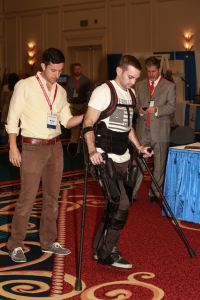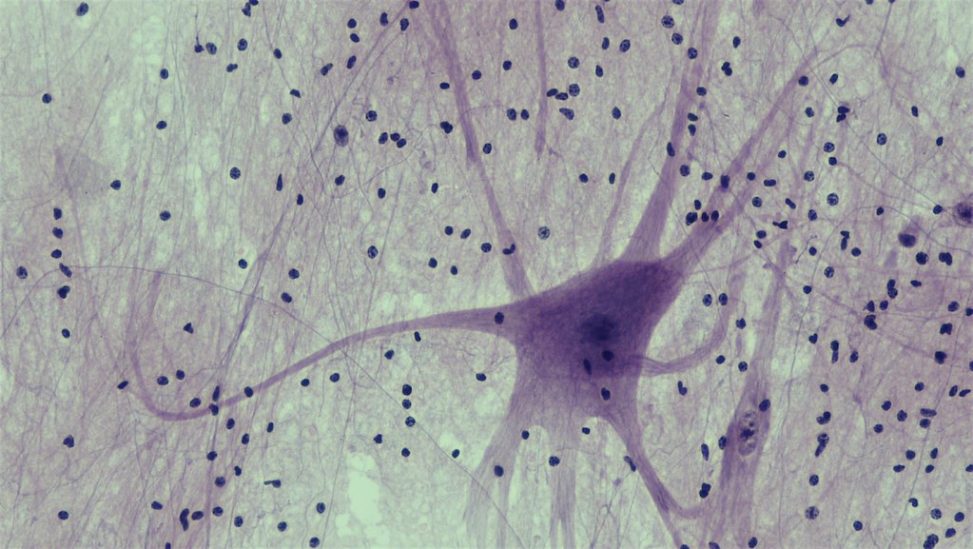Spinal cord injury (SCI) is a major illness that results in lifelong debilitation, including poor quality of life and possible neurological failure.
“This disease has a prevalence in North America of over one million cases, with 15-40 cases per million occurring annually and is only expected to increase.”
Likewise, the cost of SCI is significant, equalling over seven billion dollars. Although the following treatments do have success, there are still many more improvements needing to be made and advancements are continuously being made.
There are many ways that SCI can be treated, and they are separated into five major categories; neuroprotective and neuroregenerative pharmaceuticals, neuromodulation, stem cell based therapies and external prosthetic devices.
“These five types of treatment methods have been analyzed over the years and many advancements have been made in each category leading to more success.”
Neuroprotective pharmaceuticals are drugs that inhibit or enhance specific cell

Spinal Cord Motor Neuron
reactions in the body and protect the body from more harm because of the disease. For instance, Riluzole is a drug that blocks a chemical release that regular cells normally take part in, but with SCI the cells act differently. Therefore, by blocking this molecule’s pathway, there is a decrease of injury to neuronal cells. Riluzole has shown a gain of motor scores in the first phase of the trial, and the following phases are currently being conducted. Neuroregenerative drugs target neuronal cells as well, however the purpose is not for protection but for regeneration of cells to result in better motor skills for the patient. Cethrin is an example of a neuroregenerative pharmaceutical that inhibits a chemical pathway and promotes nerve cell growth. Similarly, this drug has shown improved motor skills in the first couple of trial phases.
Neuromodulation is a popular treatment for many neurological disorders and is very common for SCI. The treatment includes electrical stimulation to try and alter the signal pathway that occurs between the brain and spine, with the goal to provide movement. Another goal of this treatment is to use the electrical output to elicit regeneration of nerves and connections between nerves, which is needed to provide a smoother and faster signal pathway. With an improved pathway, the patient can gain more efficient movement if the treatment is successful. Several studies using the neuromodulation method show benefits and improved function for the patient.
Stem cell based therapies are treatments that yield very hopeful advancement in regards the nerve repair. Stem cells are cells that are precursors for nerve cell regeneration, therefore when they are transplanted into the body, they aid in more cell development. The way that stem cell therapy works in the case of SCI is that the stem cells would be implanted, and ideally, the nerves will grow. This creates a better nerve tract, as well as myelination growth, which serves as protection on the nerve cell. In the clinical trials, the first phase has promising results, and the next phases will likely have good results as well. However, there are ethical and legal concerns that need to be addressed to ensure proper testing is done on subjects before introducing the treatment to humans.

Image found on Flickr
Prosthetic devices are a form of treatment that focus more on the external aid instead of internal regeneration or protection of cells. The use of robotics serve as a very advantageous way to treat a patient during rehabilitation, especially with SCI. The improvements that prosthetics have are with the overall health of the patient, such as enabling physically activity which improves cardiovascular health, walking parameters, body composition like muscle mass, and overall quality of life. Several studies show improvement for patients, and prosthetic devices are constantly evolving
Source:
Shah, M., Peterson, C., Yilmaz, E., Halalmeh, D., & Moisi, M. 2020. Current advancements in the management of spinal cord injury: A comprehensive review of literature. Surgical Neurology International., 11. https://doi.org/10.25259/SNI_568_2019

Erin Heeschen
I love the layout of this article; it’s very eyecatching!
The advancements of prosthetics are amazing to me, but it’s also incredible to see the progress being made in regards to nerve regeneration through other methods such as stem cell therapy.
Your writing was easy to understand for someone with minimal biology background and interesting to read: great work!